My question is the following:
I have all the values that I need for a spectrogram (scipy.fftpack.fft). I would like to create a 3D spectrogram in python.
In MATLAB this is a very simple task, while in python it seems much more complicated. I tried mayavi, 3D plotting matplotlib but I have not managed to do this.
Thanks
My code:
import numpy as np
import pandas as pd
import numpy as np
from scipy import signal
import matplotlib.pyplot as plt
from mpl_toolkits.mplot3d import Axes3D
from matplotlib import cm
from matplotlib.collections import PolyCollection
fs = 11240.
t = 10
time = np.arange(fs*t) / fs
frequency = 1000.
mysignal = np.sin(2.0 * np.pi * frequency * time)
nperseg = 2**14
noverlap = 2**13
f, t, Sxx = signal.spectrogram(mysignal, fs, nperseg=nperseg,noverlap=noverlap)
myfilter = (f>800) & (f<1200)
fig,ax = plt.subplots()
plt.pcolormesh(t, f[myfilter], 10*np.log10(Sxx[myfilter, :]), cmap='jet')
plt.show()
fig = plt.figure()
ax = fig.gca(projection='3d')
x = []
y = []
for counter,i in enumerate(f):
x.append(np.array([i for k in t]))
y.append(t)
ax.plot_surface(np.array(x), np.array(y), 10.0*np.log10(Sxx), cmap=cm.coolwarm)
plt.show()
Similar unanswered question: How to convert a spectrogram to 3d plot. Python
Desired plot in python like Matlab's figure (last plot here: https://www.mathworks.com/help/signal/ref/spectrogram.html)

